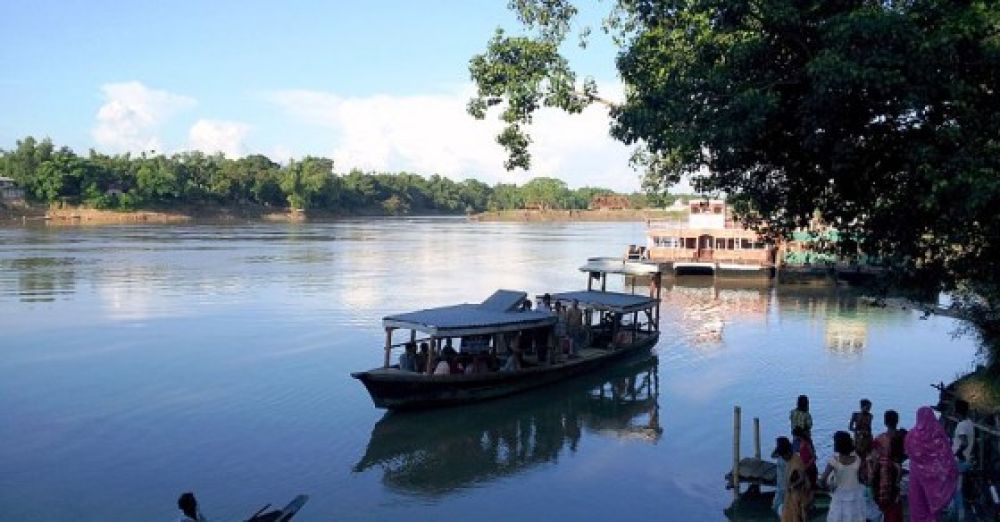

Silchar, a picturesque town in the southern part of Assam, India, has a rich history that has significantly contributed to its burgeoning tourism sector. Originally an integral part of the Kachari Kingdom before British colonization, Silchar boasts cultural and historical layers that attract visitors from far and wide.
Tourism in Silchar began to emerge during the British Raj when this region was recognized for its tea plantations and the scenic Barak Valley. The British left behind a legacy of buildings and infrastructure that later became points of interest for travelers. With the advent of Indian independence in 1947, Silchar gained prominence due to its strategic location and cultural confluence, making it a significant stopover for tourists visiting the Northeastern states of India.
A significant factor in the growth of Silchar's tourism has been its cultural diversity and linguistic heritage. As the second-largest city of Assam, it is considered to be the cultural haven of the Bengali-speaking community of Assam. Moreover, the tranquil landscapes surrounding Silchar, such as the Jatinga Valley, famed for the mysterious phenomenon of bird suicides, and the Bhuban Temple, are profound contributors to the visitors' influx.
In recent years, with improved road, rail, and air connectivity, Silchar has witnessed an increase in tourism. Hotels, resorts, and guesthouses have sprouted up, equipped with modern amenities to cater to an international clientele. The regions bordering Silchar, such as Manipur and Mizoram, have also seen enhanced tourist influx benefitting the entire region.
The government of Assam has played a pivotal role in promoting Silchar as a tourist destination through various initiatives like the "Awesome Assam" campaign. Efforts to preserve and showcase the region's cultural and ecological treasures have further cemented Silchar's position on the tourism map.
The latest trend in Silchar tourism is the blend of nature, adventure, and cultural tourism. Travelers seek immersive experiences that include wildlife photography in the nearby sanctuaries, tea garden visits, and exploration of local cuisine and traditions. The advent of homestays has given tourists a taste of authentic Assamese hospitality - making their travel experience even more enriched and personal.
Eco-tourism has also seen a rise, with visitors increasingly interested in the sustainable practices and the conservation efforts of the region. In addition, events such as the Barak Valley Folk Festival and river cruises on the Barak River are becoming popular among those looking to engage with the local culture and nature intimately.
The future of tourism in Silchar is promising with continuous development in infrastructure, more effective marketing strategies, and the sustainable development of tourism products. Through the collective effort of the government and local communities, Silchar is on its way to becoming a premier tourism destination in Northeast India.
When planning a visit to Silchar, it's best to include a mix of historical, cultural, and natural sites to get a complete experience of what this beautiful area has to offer. From the ruins of Khaspur to the serene beauty of the Barak River - Silchar awaits to mesmerize you with its charm and living history.